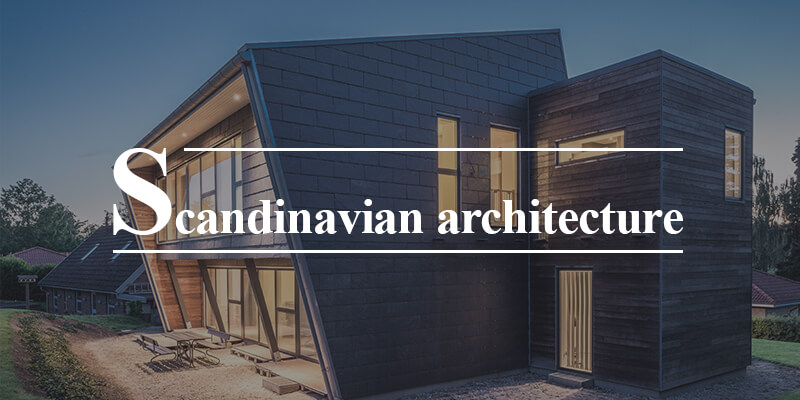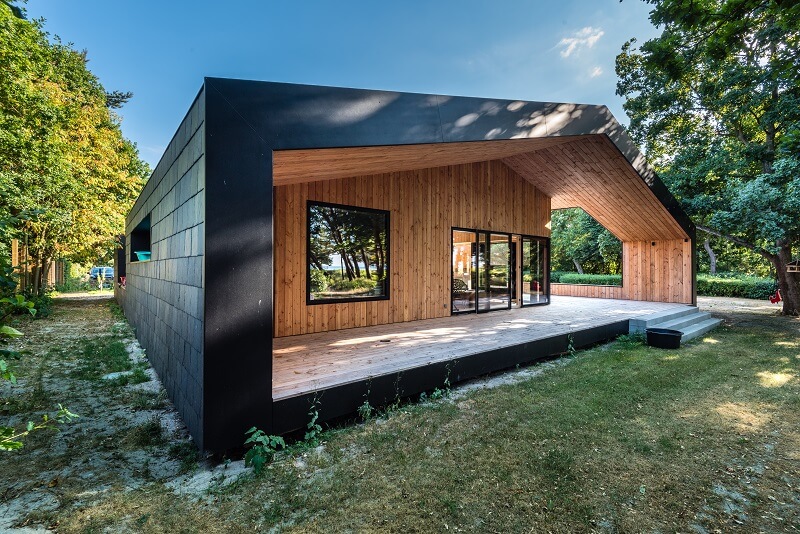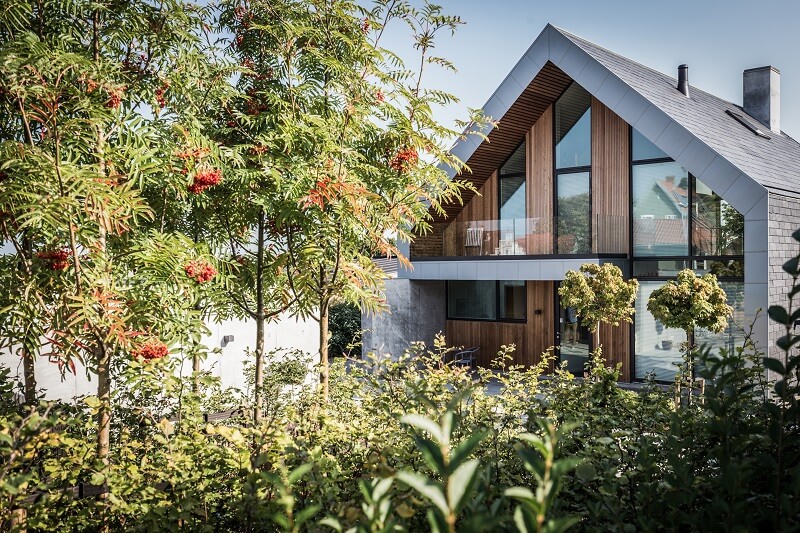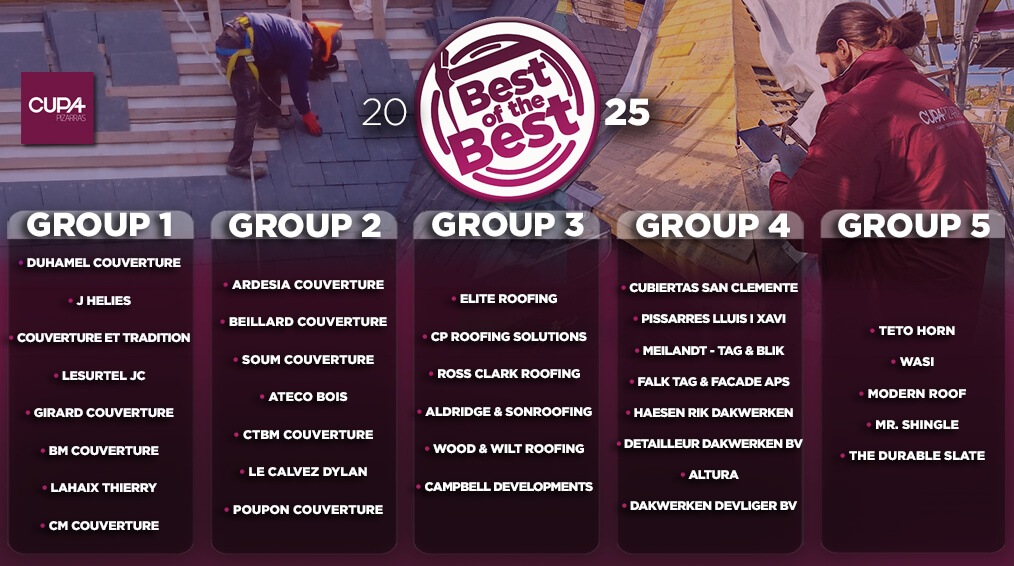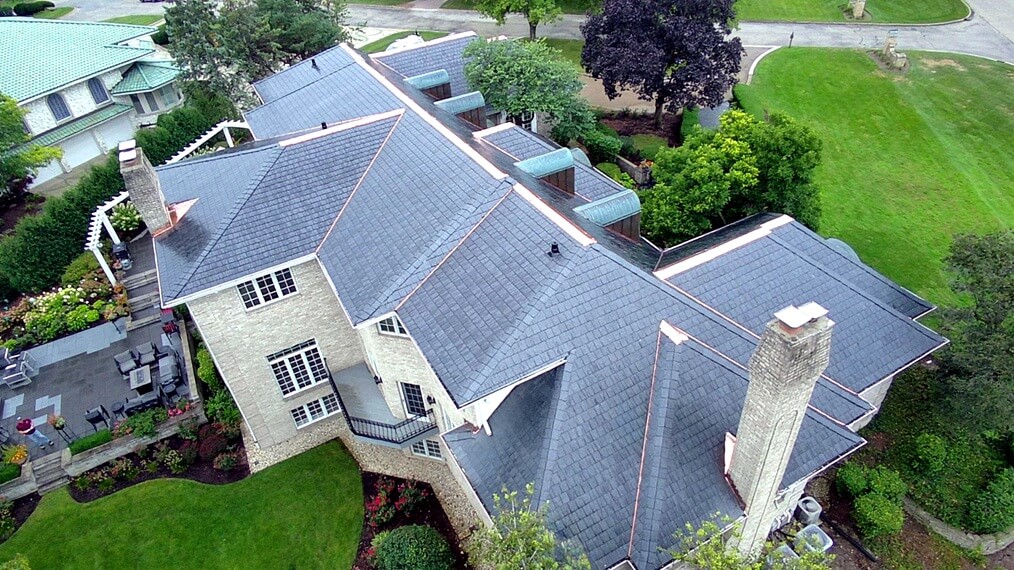The secrets of success of the Scandinavian architecture
The Scandinavian countries have succeeded in creating a unique and immediately recognised style. Architecture is not an exception, and the projects from Northern Europe are increasingly regarded as a source of inspiration. What is the key to this success?
Whatever is superfluous becomes ugly over time
This strong statement by one of the fathers of modern architecture, Alvar Aalto of Finland, lays the cornerstone for the rest of the theory: simplicity in form and function.
In every part of the world, buildings are made with the local environment in mind, which for the Nordic countries is the impressive wild landscape. Where you find Scandinavian architecture, you are guaranteed to find an homage to the environment and a subtle integration of man-made work with nature.
As the Norwegian architect Sverre Fehn, another iconic figure in the world of architecture, said:
I conceive my work as a dialogue with trees, with nature. I try to impregnate the environment with my thoughts
This concept of dialogue with nature is two-way, as the design is nurtured by local materials found in the environment, such as wood, stone, or slate. Their characteristics mean that these materials are also the best solution to protect the buildings against the harsh climate in northern Europe.
To make the most of the environment and reduce costs, broadly speaking, energy efficiency helps to protect dwellings during winter and to keep a good temperature in summer. This way, inhabitants’ comfort is taken into account as much as possible.
The creative way in which the natural materials are employed is setting the trend. For example, natural slate was used typically for roofing in Europe, but in Scandinavia they went one step further and used it for ventilated façades to harness its full potential.
That solution set a trend and has opened a wide variety of options for façade cladding. CUPACLAD, our natural slate rainscreen systems, is based on this tradition to create avant-garde designs.
The consideration of natural light is mandatory in a place where it alternates between long periods of time with no sunlight and periods where the sun doesn’t set at all. The orientation of the building and the windows are very important and are therefore, the first steps of a project’s design. Arne Jacobsen, the Danish architect and pioneer of Scandinavian design whose lamps and Egg chairs are a global icon, reinforced this point;
And when an architect has designed a house with large windows, which is a necessity today in order to pull the daylight into these very deep houses, then curtains come to play a big role in architecture
You can see several examples of the simple lines and functionality, which are prevalent in Scandinavian architecture, in some projects featuring our natural slate. For example; this family home that has views of the ocean called Villa P and this summer house known as Treldehuset which will bring delight the lovers of Scandinavian design.

